Onion Skin Dye
Onion Skin Dye is a natural, eco-friendly dye derived from the outer skins of yellow and red onions. This sustainable dye offers a palette of warm hues, ranging from soft yellows to rich browns. Ideal for both novice and experienced dyers, it provides an accessible entry into the world of natural dyeing while promoting waste reduction by repurposing kitchen scraps.
Features, Source, and Ingredients
-
Source: Papery outer skins of yellow and red onions.
-
Key Components: Rich in tannins and flavonoids, which facilitate dye adherence to fibers.
-
Sustainability: Utilizes kitchen waste, reducing environmental impact.
-
Form: Available as dried skins or concentrated extract; one ounce of extract equates to the dyeing power of a pound of skins.
Color Profile and Fastness
-
Color Range: Yellow onion skin dye yield golden yellows to deep oranges; red onion skins produce earthy browns to olive greens.
-
Modifiers: Adding iron shifts colors toward olive or khaki tones.
-
Fastness: Offers good light and wash fastness, especially on protein fibers like wool and silk.
Recommended Materials and Uses for Onion Skin Dye
-
Suitable Fibers: Cotton, linen, silk, wool, and hemp.
-
Applications:
-
Dyeing textiles for clothing and accessories.
-
Creating natural art materials like inks and watercolors.
-
Educational projects and sustainable crafts.
-
Application and Usage Instructions
Mordanting with Alum
For Protein Fibers (Silk, Wool):
-
Dissolve alum at 15% of the fabric’s weight in hot water.
-
Simmer the fabric in this solution for 1 hour, stirring occasionally.
For Cellulose Fibers (Cotton, Linen):
-
Soak fabric in a tannin solution (8% of fabric weight) overnight.
-
Rinse, then simmer in an alum solution (15% of fabric weight) for 1 hour.
Dyeing Process with Onion Skin Dye:
-
Place onion skin dye in a non-reactive pot and cover with water.
-
Bring to a simmer and maintain for 1 hour.
-
Allow the dye bath to cool and steep overnight for richer color.
-
Strain out the skins, leaving the dye bath.
-
Add pre-mordanted, damp fabric to the dye bath.
-
Simmer gently for 1 hour, stirring occasionally.
-
Allow the fabric to cool in the dye bath for enhanced color depth.
-
Rinse fabric in cool water and dry away from direct sunlight.
Cultural or Historical Significance of Onion Skin Dye
Historically, onion skin dye have served as a natural dye source across various cultures. Their accessibility and the vibrant colors they produce have made them a staple in traditional textile arts. Today, they continue to be valued for their sustainability and the unique, earthy tones they impart to fabrics.
Packaging, Storage, and Safety
-
Packaging: Available in compostable bags or sealed containers to preserve quality.
-
Storage: Store in a cool, dry place away from direct sunlight.
-
Safety:
-
Use gloves to prevent staining hands.
-
Ensure good ventilation during the dyeing process.
-
Dispose of used dye baths responsibly; they can often be composted.
-
-
FAQs
-
Q: Do I need a mordant when using onion skin dye?
A: While onion skins contain natural tannins that help bind the dye, using a mordant like alum enhances color vibrancy and longevity.
-
Q: Can I mix red and yellow onion skins?
A: Yes, but be aware that red onion skins can produce browner tones, which may affect the brightness of the yellow hues from yellow onion skins.
-
Q: How can I achieve different shades with onion skin ?
A: Varying the amount of onion skins, using different mordants, or adding modifiers like iron can shift the color spectrum from yellows to greens and browns.
Onion Skin Dye offers a sustainable and creative way to add natural color to textiles, making it a valuable addition to any eco-conscious dyeing practice.
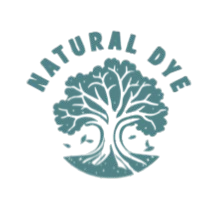
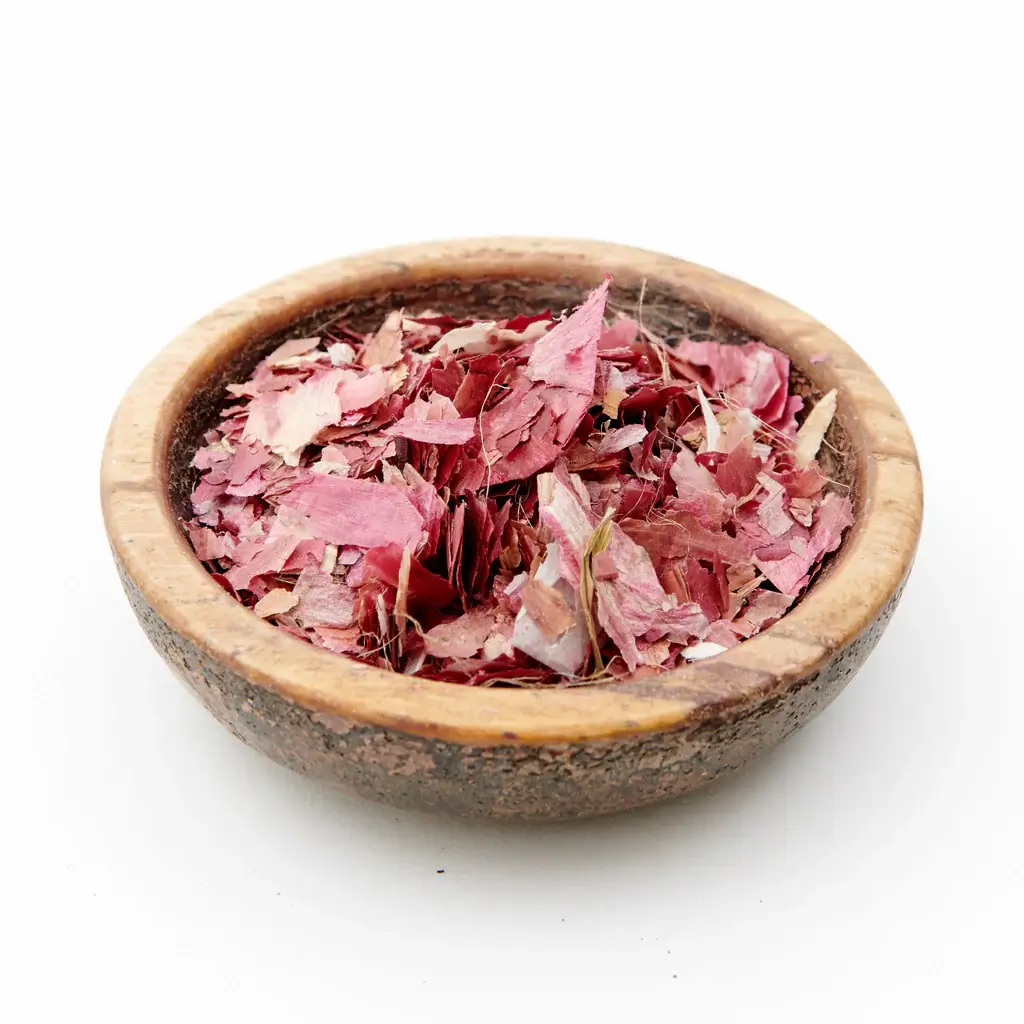
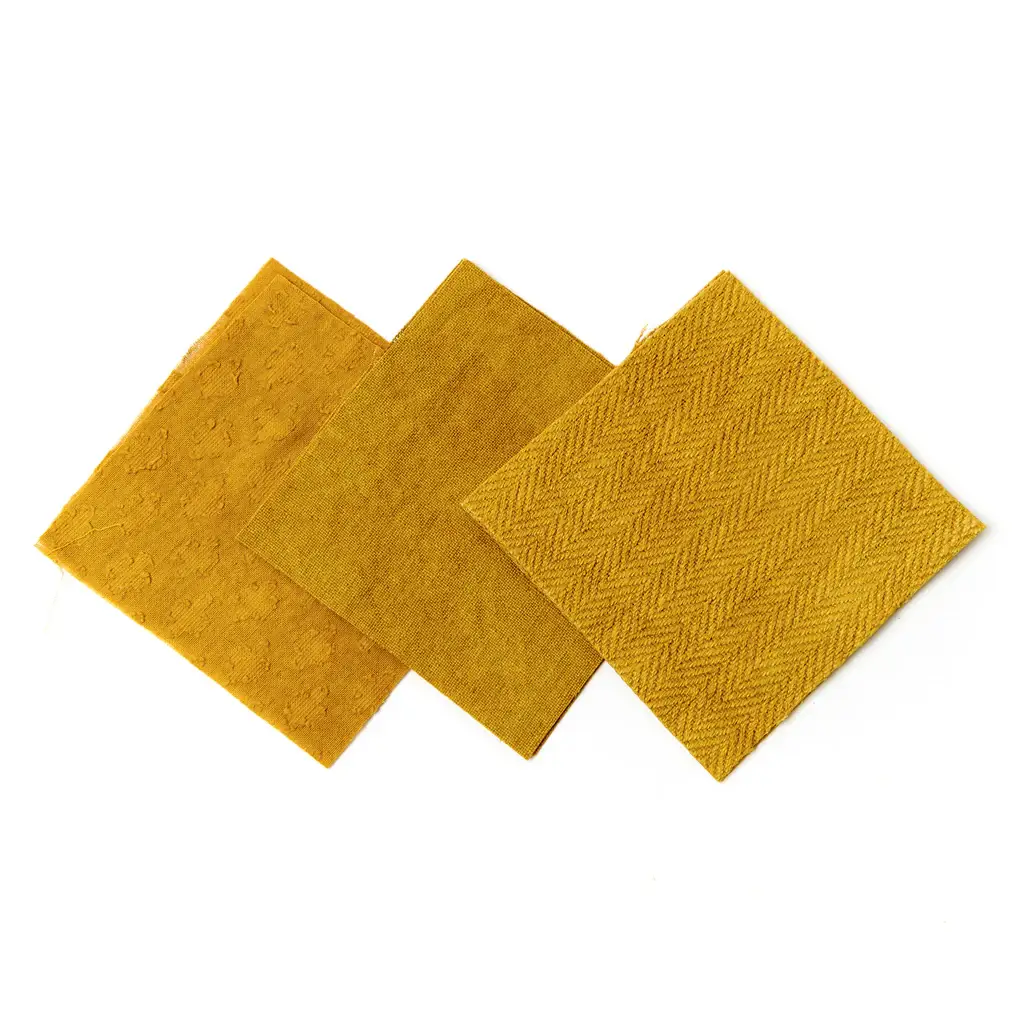
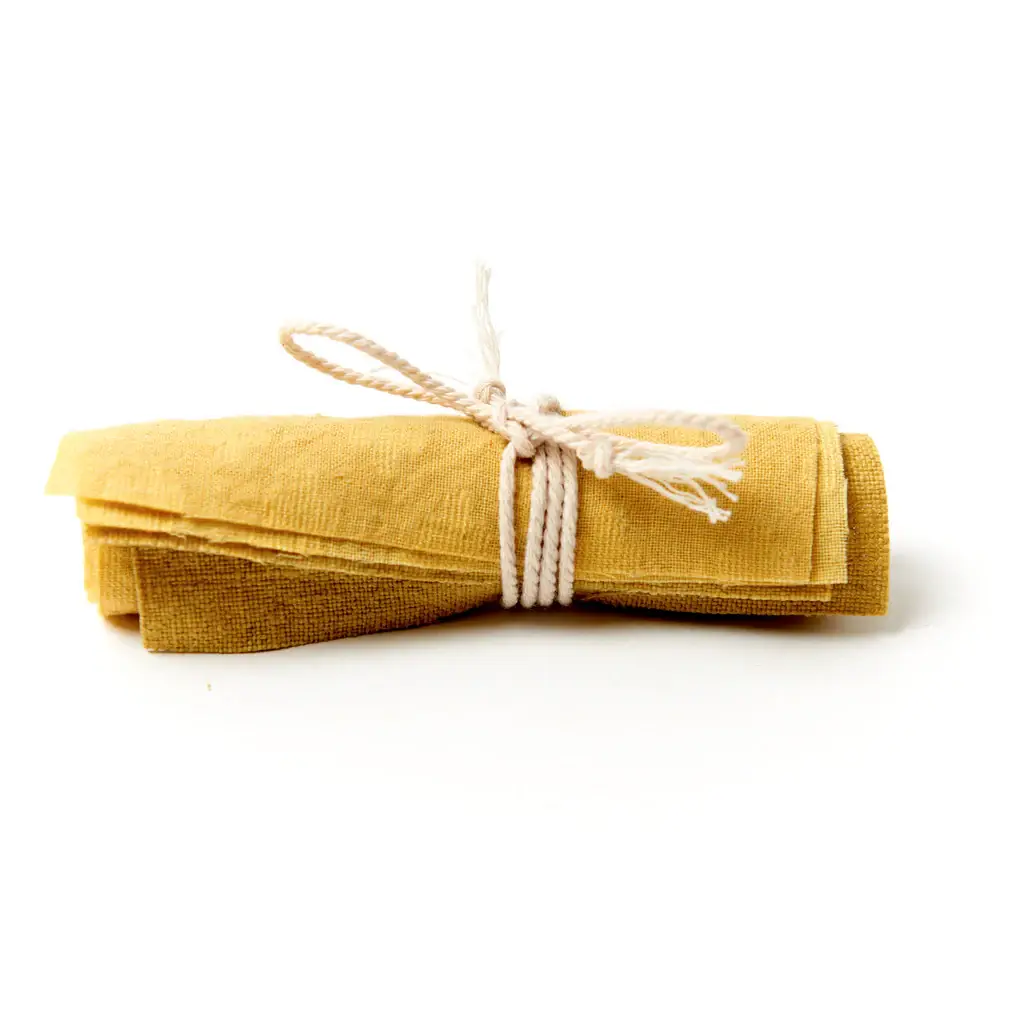
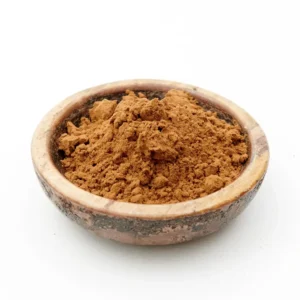
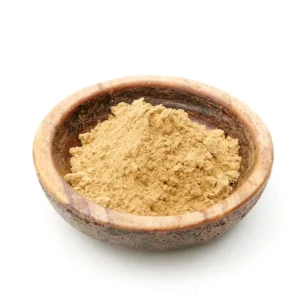
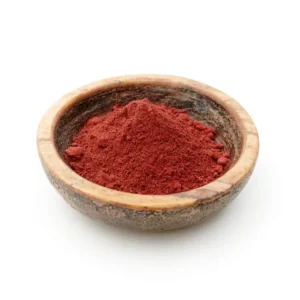
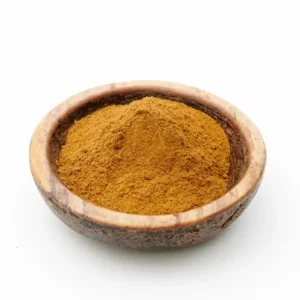
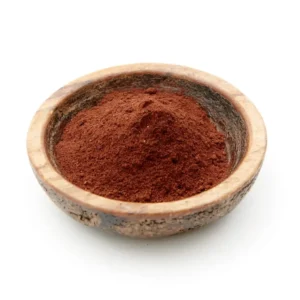
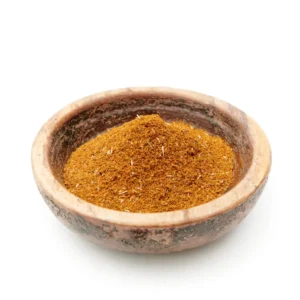
Reviews
There are no reviews yet.